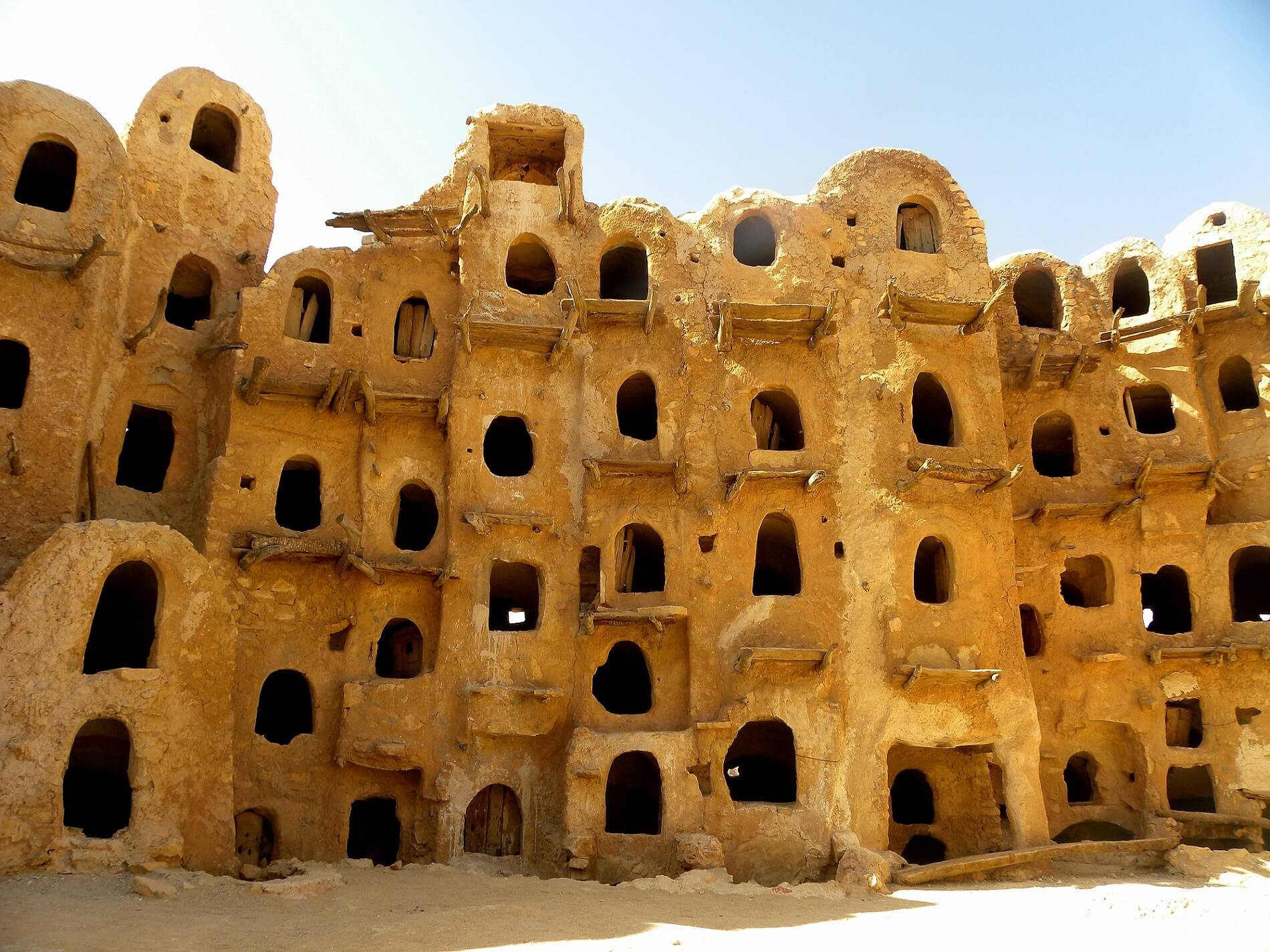While the country is at the precipice of a full civil war, the UN political process in tatters, and the stability and unity of its government at grave threat, oil production and exports are at their highest levels since 2013, topping 1.2 million bpd and expected to increase as long as conflict does not spread to oil fields and ports. The price of Libyan currency returned back to near normal pre-war levels after a quick dip in the first few days of the conflict, indicating strengthened confidence in local stability and limited demand for USD. However, such indicators remain highly volatile and a rapid decline in both is possible if dynamics change suddenly in favour of one or the other. The Islamic State (IS) has already exploited this opportunity by publishing video on its affiliated social media channels of its attacks on Libyan National Army (LNA) posts in south Libya, particularly in Ghudduwa and Sebha. If the LNA manages to stay in the western region and does not withdraw or the conflict becomes too protracted, pressure will increase in the eastern and central regions to blockade oil ports or attempt to divert oil sales to the eastern region.

